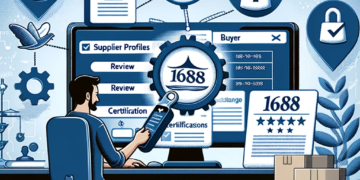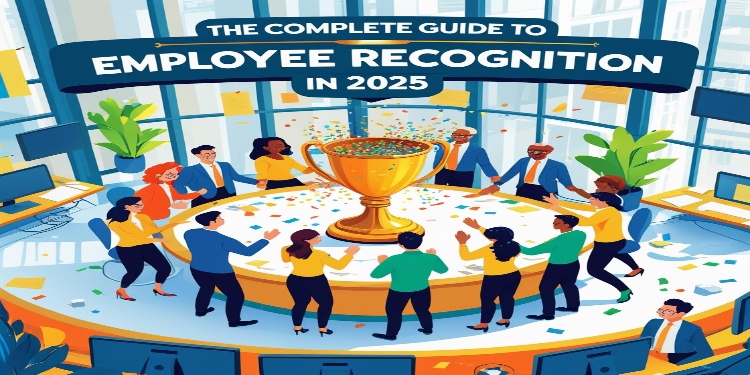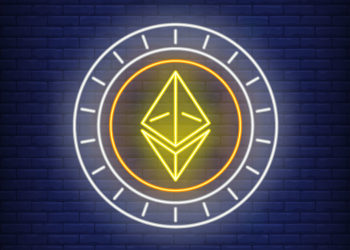In today’s competitive business landscape, employee recognition has emerged as a critical driver of organisational success. With research demonstrating that systematic recognition delivers an astounding return on investment, forward-thinking companies are reimagining their approach to appreciation. This comprehensive guide explores the evolution of employee recognition, its measurable impact on business outcomes, and strategic implementation frameworks for 2025 and beyond.
The Recognition Revolution: Understanding the Business Impact
The modern workplace has undergone profound transformation, with employee expectations evolving dramatically. Recent data reveals a compelling case for strategic recognition:
- Only 30% of employees typically feel fully engaged
- Companies with robust recognition programmes experience 30% reduction in staff turnover
- Effective recognition initiatives yield an 85% improvement in workplace culture
- Organisations implementing comprehensive recognition systems see an average annual gain of €10,380 per employee
These statistics underscore a fundamental truth: recognition is no longer a nice-to-have perk but a strategic business imperative with measurable returns.
The Anatomy of Effective Recognition
Modern recognition programmes combine technological innovation with human-centred design. The most successful initiatives share several key characteristics:
Digital-First Architecture
Contemporary recognition systems leverage digital platforms to streamline delivery, enhance accessibility, and provide comprehensive analytics. A robust Recognition Hub serves as the cornerstone of effective programmes, offering:
- Centralised recognition management
- Points-based reward systems
- Mobile-first accessibility
- Real-time analytics dashboards
- Cross-border recognition capabilities
- Tax compliance management
- GDPR-compliant data handling
This digital foundation enables organisations to deliver recognition across diverse workforces, regardless of location or working arrangements.
Multi-Faceted Recognition Framework
Effective recognition extends beyond traditional service awards to encompass a diverse range of appreciation mechanisms:
- Peer-to-Peer Recognition
- Colleague-driven appreciation
- Value-based recognition moments
- Team collaboration celebrations
- Cross-departmental acknowledgement
- Manager-Led Recognition
- Performance-based rewards
- Achievement milestones
- Project completion acknowledgements
- Innovation celebrations
- Milestone Recognition
- Service anniversaries
- Project completions
- Certification achievements
- Career advancement celebrations
- Special Occasion Recognition
- Birthday recognition programmes
- Work anniversaries
- Life events
- Seasonal celebrations
Each recognition type serves a unique purpose within the broader appreciation ecosystem, collectively creating a culture of consistent acknowledgement.
Strategic Incentive Systems
Beyond day-to-day recognition, structured incentive programmes drive specific performance outcomes and business results. Effective incentive systems typically include:
- Sales performance rewards
- Productivity incentives
- Innovation programmes
- Customer service excellence recognition
- Process improvement acknowledgements
These targeted initiatives align employee behaviour with organisational objectives, creating a powerful mechanism for driving strategic priorities.
Implementation Framework: Building Recognition Excellence
Implementing a comprehensive recognition programme requires careful planning, strategic execution, and ongoing refinement. The following framework provides a roadmap for organisations seeking to develop world-class recognition systems:
Phase 1: Strategic Foundation
The initial implementation phase focuses on establishing the strategic foundation for recognition excellence:
- Define recognition objectives and expected outcomes
- Align recognition criteria with organisational values
- Establish governance frameworks and policies
- Determine budget allocation and funding mechanisms
- Select appropriate technology platforms
- Develop tax-compliant reward structures
- Create metrics for measuring programme success
This foundational work ensures the programme delivers both cultural impact and measurable business results.
Phase 2: Programme Design
With strategic foundations in place, the focus shifts to comprehensive programme design:
- Create branded recognition platform
- Develop recognition categories and criteria
- Establish point values and reward structures
- Design user experience and workflows
- Develop communication templates
- Create manager toolkits and resources
- Design launch and communication strategies
Thoughtful design ensures the programme resonates with employees while delivering operational efficiency.
Phase 3: Implementation and Launch
The implementation phase brings the recognition vision to life:
- Deploy comprehensive communications
- Conduct manager training and enablement
- Activate technology platforms
- Implement feedback mechanisms
- Create recognition champions
- Establish support systems
- Deploy recognition portals and tools
Effective launches build momentum and drive early adoption, establishing positive engagement patterns.
Phase 4: Ongoing Management and Optimisation
Recognition excellence requires continuous refinement and evolution:
- Monitor key performance indicators
- Gather and implement employee feedback
- Optimise reward structures and offerings
- Refine communication strategies
- Evolve recognition mechanisms
- Enhance technology platforms
- Expand programme elements
This ongoing optimisation ensures the programme remains relevant, engaging, and impactful over time.
Technology Integration: The Digital Recognition Ecosystem
Modern recognition programmes leverage sophisticated technology to enhance delivery, streamline administration, and provide valuable insights. Leading organisations implement integrated recognition platforms that offer:
Core Platform Capabilities
- Mobile-first experience design
- Points-based reward management
- Digital voucher systems
- Recognition analytics and reporting
- Manager dashboards and tools
- API integration with HR systems
- Budget management tools
- Compliance monitoring
Advanced Features
- AI-powered recognition suggestions
- Predictive analytics
- Blockchain-based reward distribution
- Virtual celebration environments
- Global accessibility options
- Multi-language support
- Personalisation algorithms
- Social recognition feeds
These technological capabilities transform recognition from manual, ad-hoc processes to strategic, data-driven systems that deliver consistent impact.
Measuring Recognition Success: Key Performance Indicators
Effective recognition programmes deliver measurable business impact across multiple dimensions. Leading organisations track several key metrics to evaluate programme effectiveness:
Cultural Metrics
- Employee engagement scores
- Workplace satisfaction ratings
- Team cohesion indicators
- Cross-departmental collaboration measures
- Innovation metrics
- Purpose alignment measures
Business Performance Indicators
- Employee retention rates
- Productivity measures
- Quality indicators
- Customer satisfaction scores
- Safety performance metrics
- Absenteeism rates
Programme-Specific Metrics
- Recognition frequency
- Programme participation rates
- Platform utilisation statistics
- Recognition distribution patterns
- Reward redemption data
- Return on investment calculations
These comprehensive metrics provide a holistic view of programme impact, enabling data-driven refinement and evolution.
The Future of Recognition: Emerging Trends
As we move toward 2025, several key trends are reshaping the recognition landscape:
Personalisation at Scale
Advanced technology enables unprecedented personalisation of recognition experiences:
- Individual preference mapping
- Tailored reward offerings
- Personalised recognition delivery
- Custom celebration experiences
- Individualised achievement tracking
Sustainability Focus
Environmental consciousness is transforming reward offerings:
- Carbon-neutral celebration options
- Sustainable reward choices
- Environmental impact tracking
- Green team initiatives
- Community impact programmes
Global Integration
Recognition programmes are evolving to support diverse, distributed workforces:
- Cross-border recognition capabilities
- Cultural adaptation mechanisms
- Global reward fulfilment
- Multi-language support
- Time zone-aware celebrations
Mental Health Integration
Recognition is increasingly linked to wellbeing initiatives:
- Wellness-focused rewards
- Mental health achievement recognition
- Work-life balance celebrations
- Wellbeing milestone acknowledgements
- Stress reduction incentives
These emerging trends highlight the dynamic nature of employee recognition, underscoring the importance of continuous innovation and adaptation.
Strategic Implementation: Amplify Success
Leading organisations are partnering with specialised recognition providers like Amplify to develop comprehensive, technology-driven recognition systems. These strategic partnerships enable:
- Rapid programme deployment
- Best-practice implementation
- Advanced technology utilisation
- Global reward fulfilment
- Tax compliance management
- Ongoing programme optimisation
Through these partnerships, organisations can accelerate their recognition journey, leveraging external expertise while maintaining internal alignment.
Conclusion: The Recognition Imperative
The evidence is clear: strategic employee recognition delivers transformative results. As organisations navigate an increasingly complex business landscape, comprehensive recognition programmes provide a powerful mechanism for driving engagement, performance, and retention.
The future demands a sophisticated blend of digital innovation and human connection. Through strategic implementation and consistent execution, organisations can build recognition programmes that not only generate substantial returns but also cultivate a more engaged, loyal, and productive workforce.
Those who invest in robust recognition programmes now will be best positioned to attract, retain, and motivate top talent in an increasingly competitive marketplace. The key lies in creating recognition systems that are both technologically advanced and deeply human-centric, ensuring sustainable engagement and measurable business impact.
The transformation begins with a single moment of appreciation – but the impact extends throughout the entire organisation.











































































